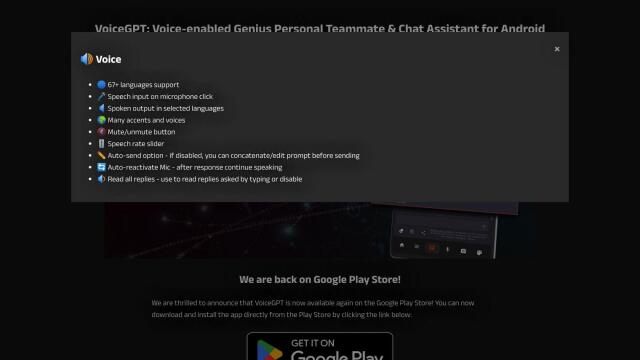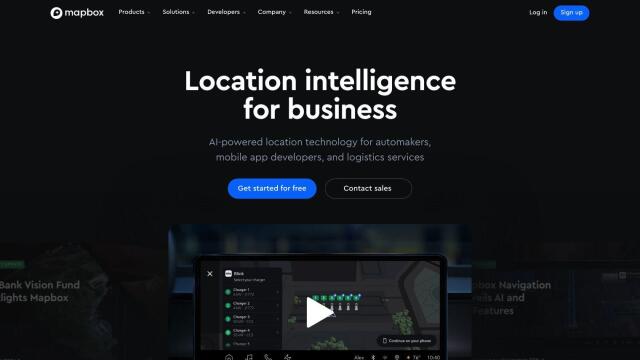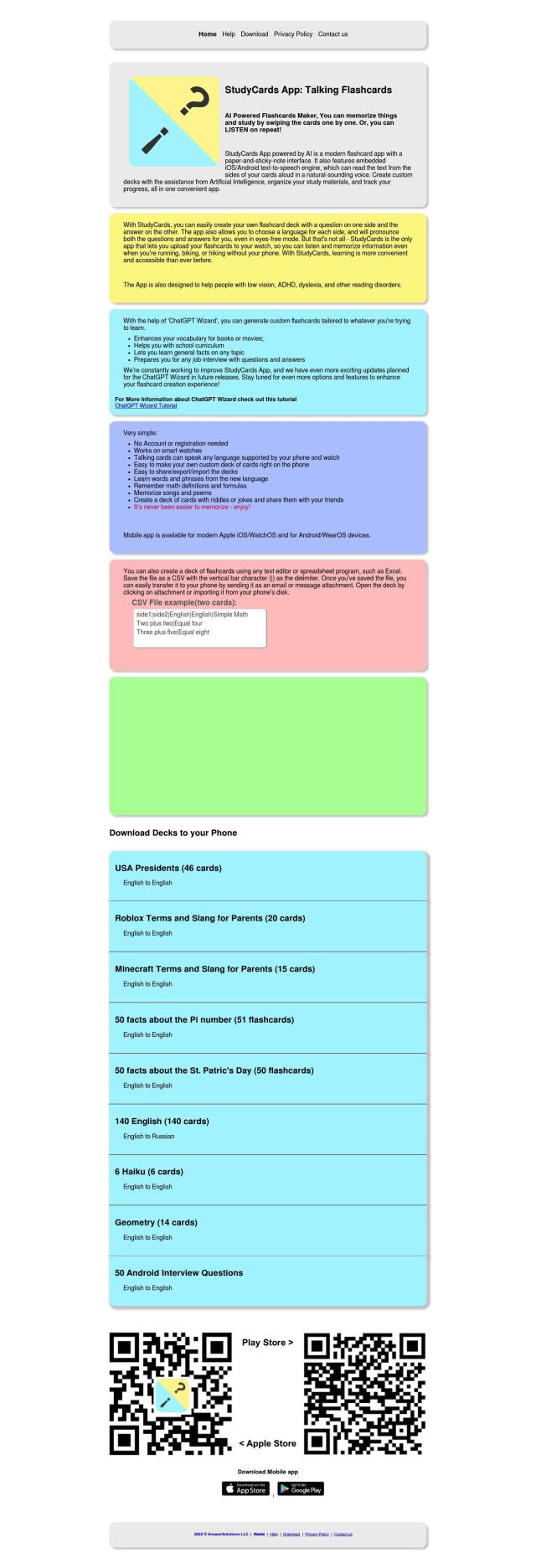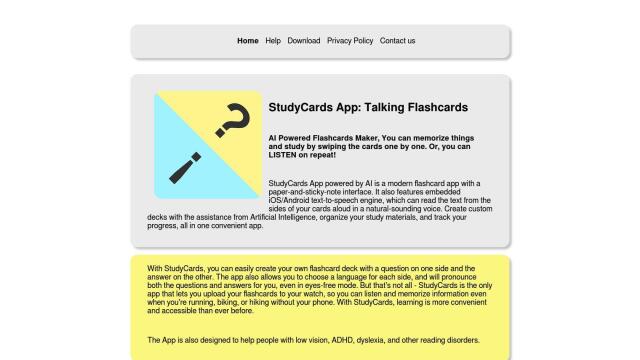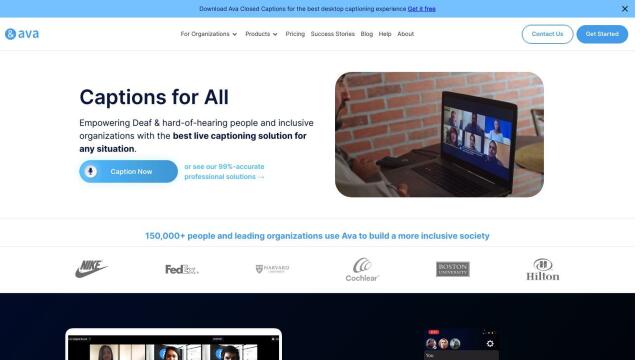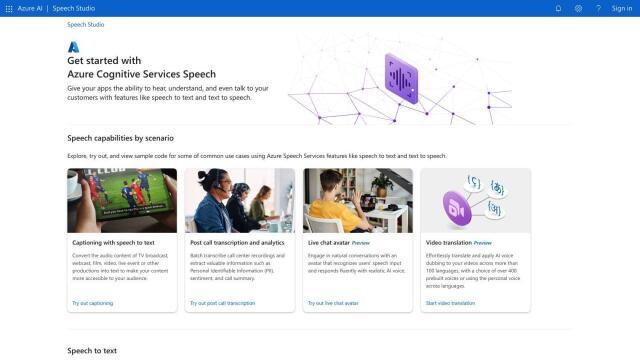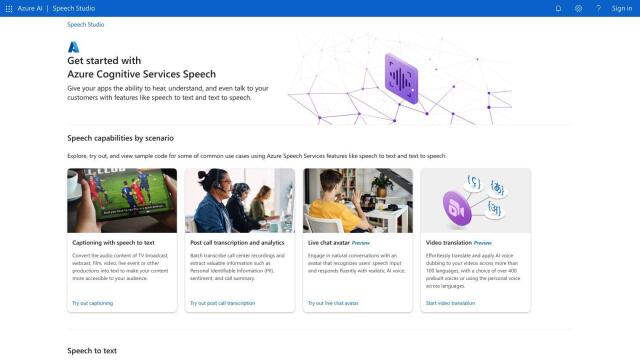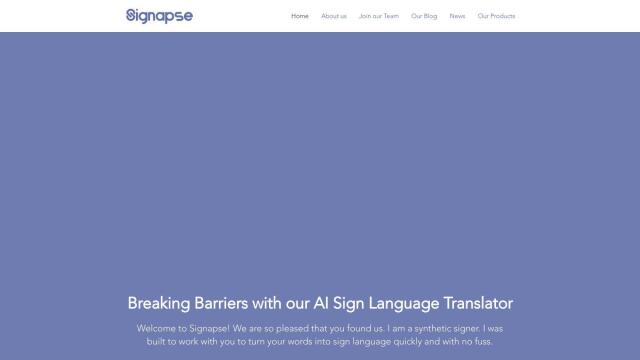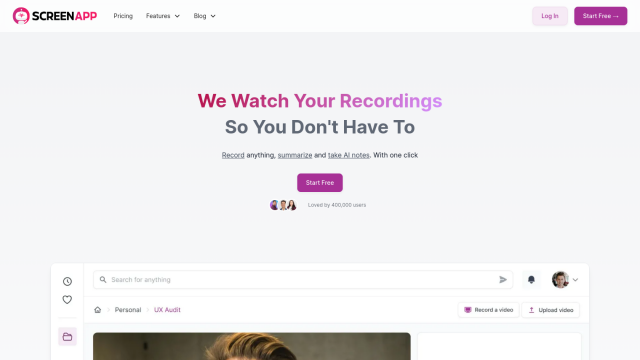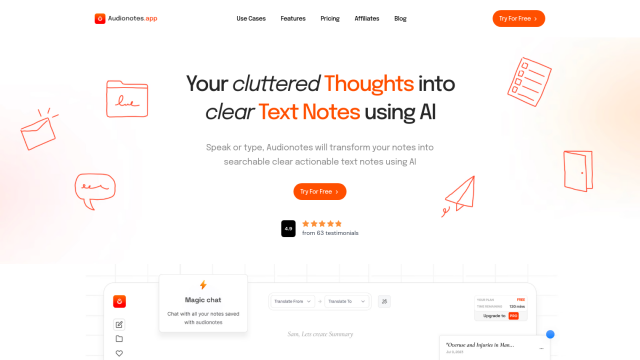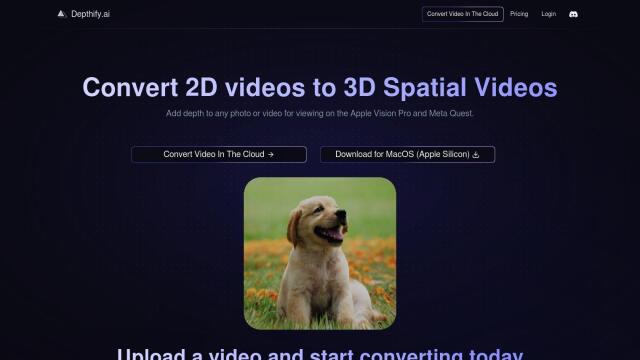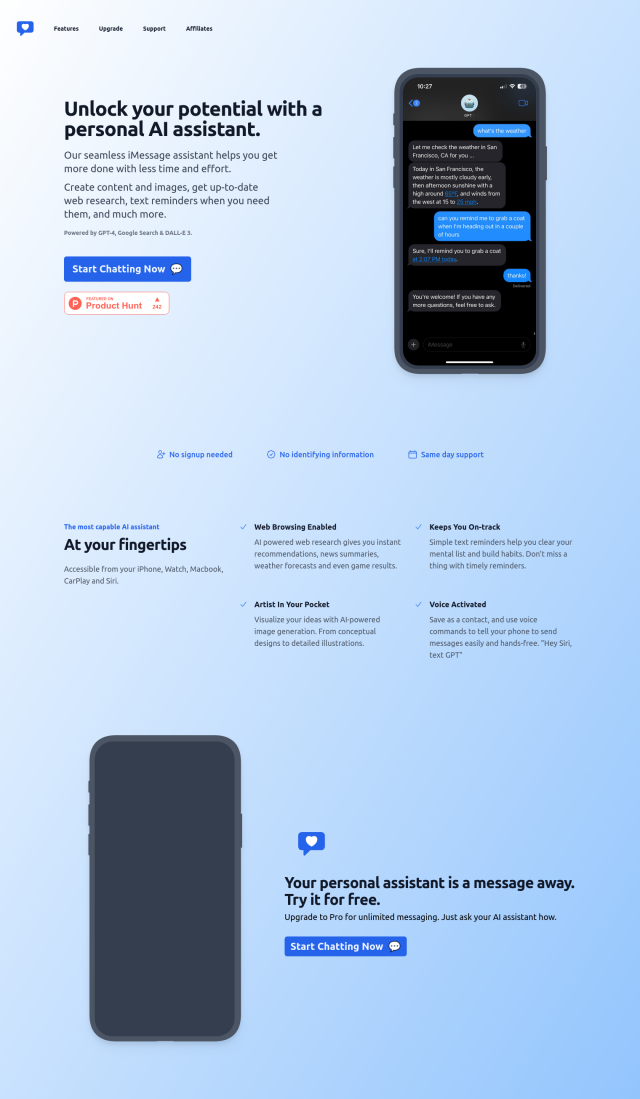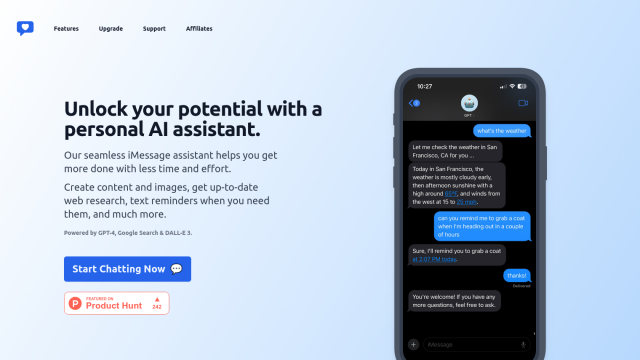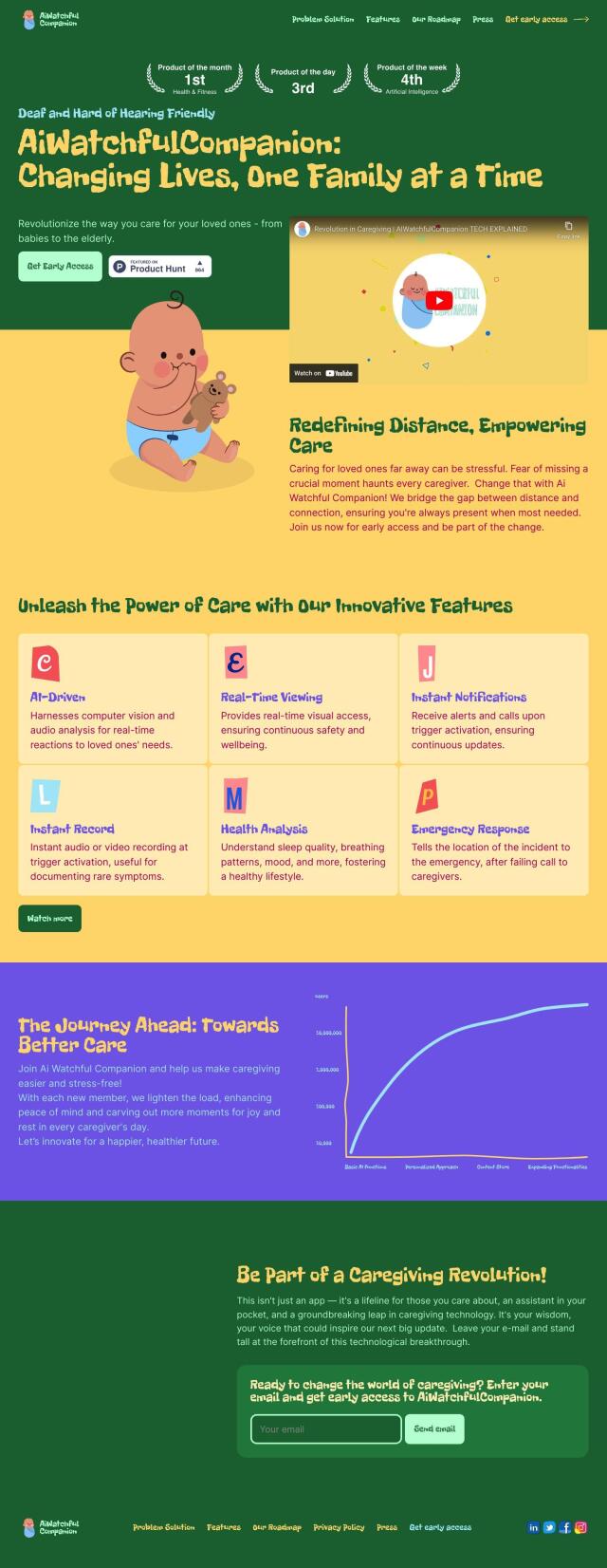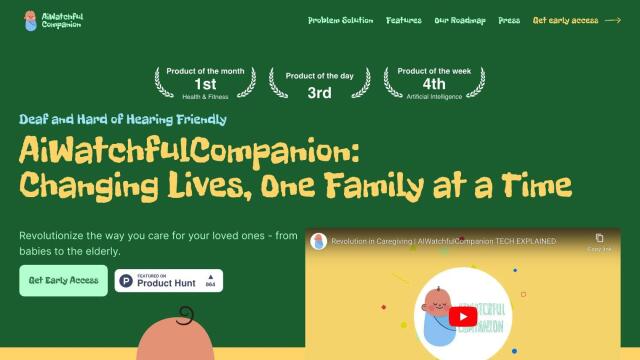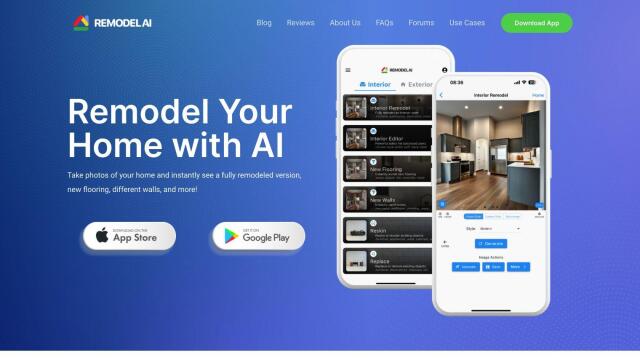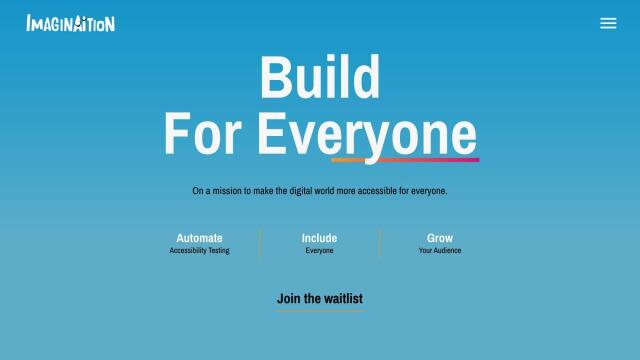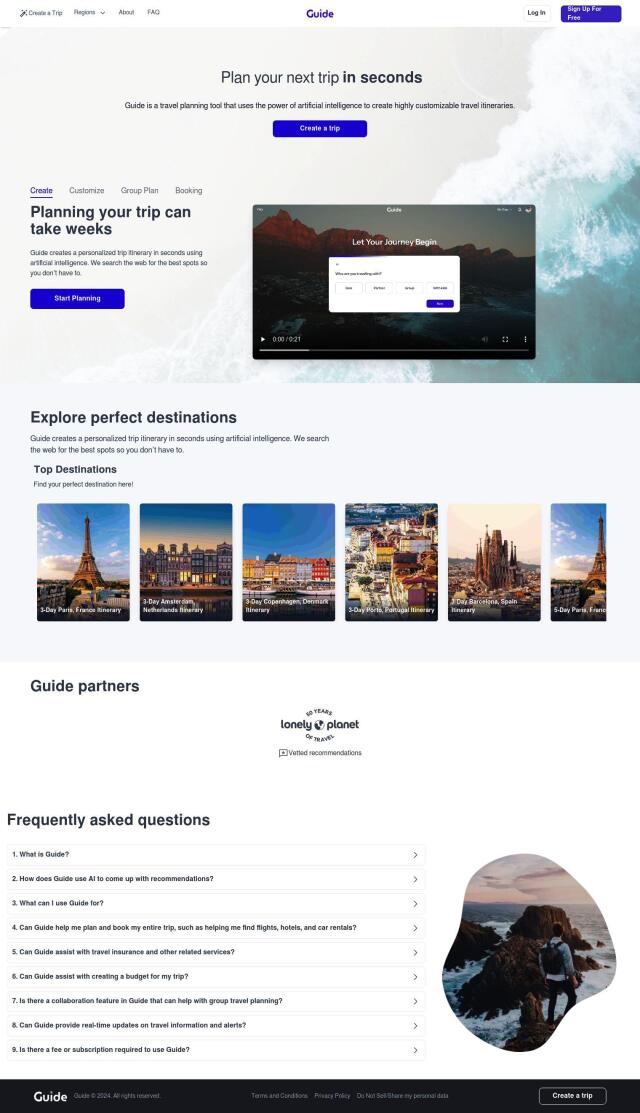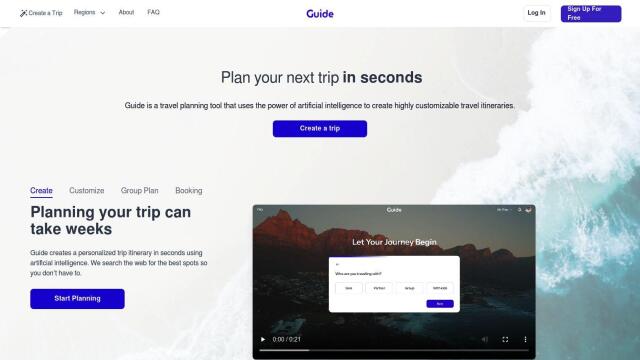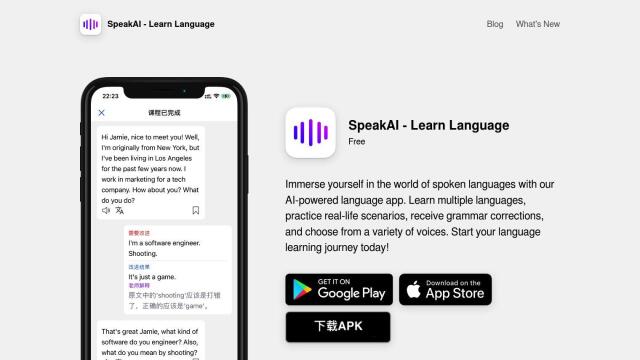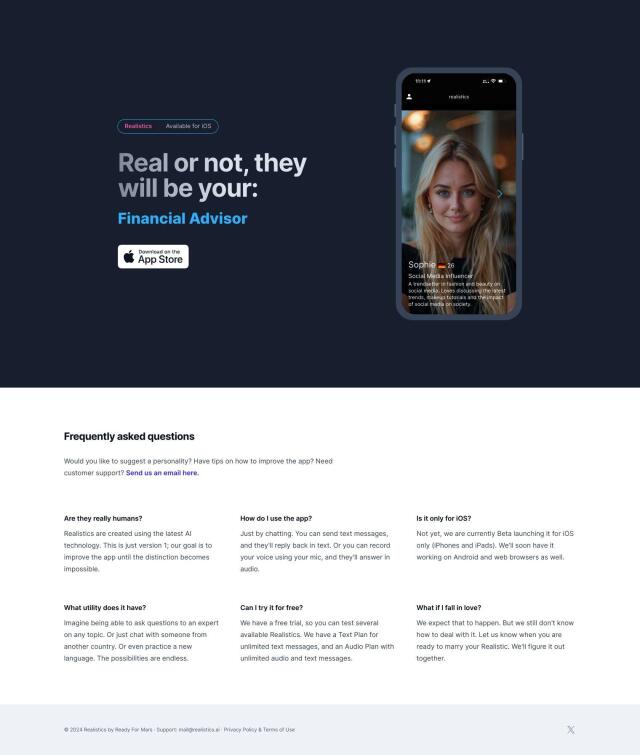Question: Is there an app that can help me navigate indoor spaces with visual impairments?
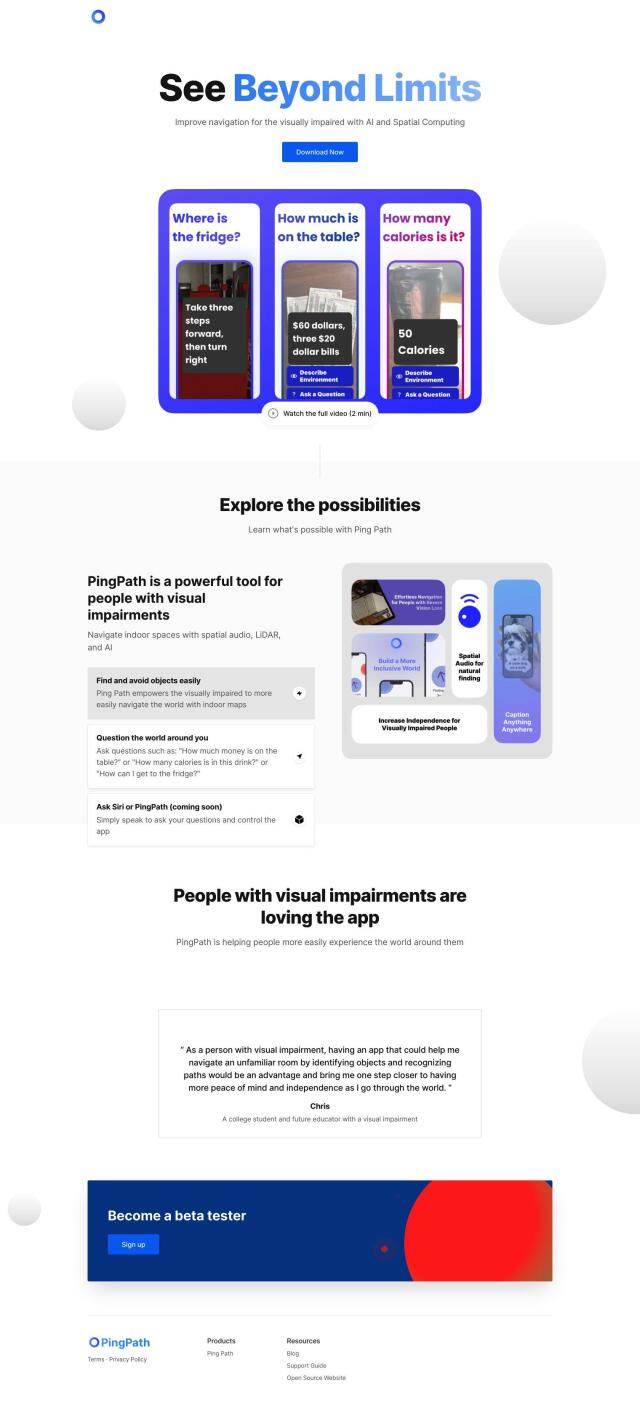
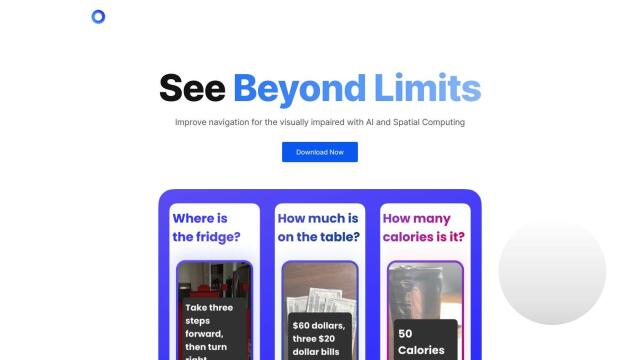
PingPath
If you're looking for an app to help you navigate indoors when you have vision problems, PingPath is a top contender. The AI-based navigation system uses a combination of spatial audio, LiDAR and AI to detect and avoid objects, and it can provide detailed navigation instructions, object recognition and voice prompts to help you find your way around an unfamiliar room. PingPath also works with Siri for voice control, so it's a good option if you want to be as independent as possible.

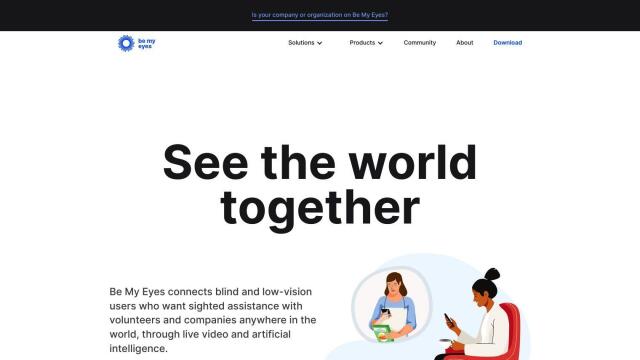
Be My Eyes
Another good option is Be My Eyes. This information retrieval service for the blind and low-vision community is designed to let people ask sighted volunteers or businesses questions and get live video help in response. That can be useful for navigating a complex indoor area, for example, with a sighted person helping you navigate a busy store or restaurant. The service uses AI to describe photos, too, so it's good for a broader range of accessibility and independence needs.

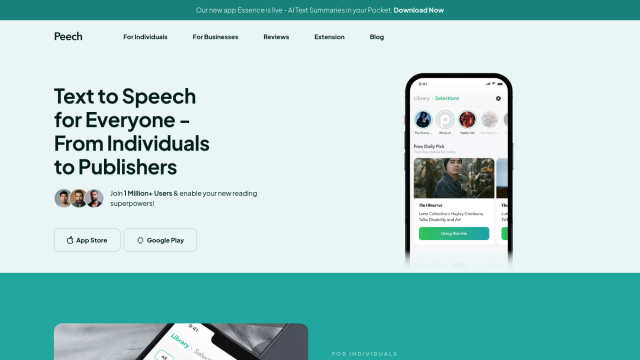
Peech
If you're looking for more general text-to-speech help, Peech has features that can be useful for vision problems. It can turn text into natural-sound audio in more than 50 languages and can accept input from web pages, PDFs and other sources. That can help you understand and navigate written documents and other visual materials better.

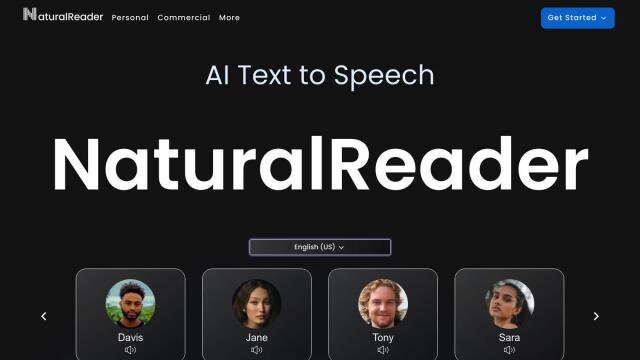
NaturalReader
Last, NaturalReader is a full-featured text-to-speech tool that can handle a variety of file formats and that uses AI technology for natural-sounding voices. It can read PDF and Word documents, for example, so you can better understand written information. That can be useful for navigating written instructions or documents in an indoor area.

